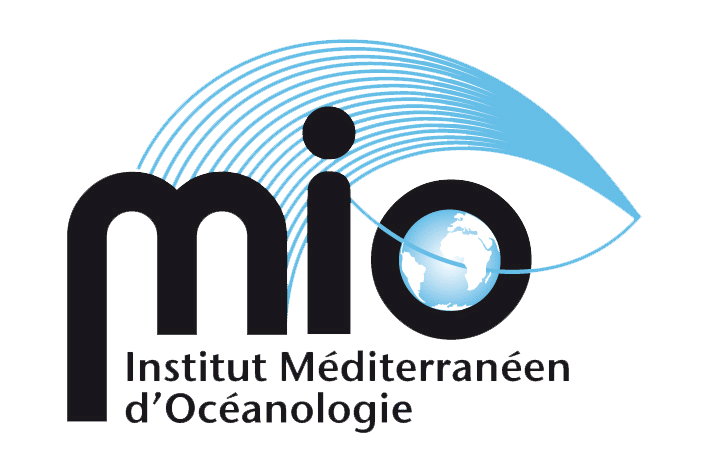11 February 2022
Plastic in water
Natacha is interested in the products released into the ocean during the degradation of plastic. Among the materials studied are tyres, reduced to small pieces.
To get into condition, the samples, made of crushed plastic, have to be placed in seawater. But this is not enough to reproduce the underwater environment. The tubes containing her samples are subjected to a pressure of 200 bars, the same pressure as at a depth of 2,000 metres. For this operation, Natacha is assisted by Marc and Christian's team, who are qualified to carry out hyperbaric operations.
Why tyres?
Tyre rubber contains 6PPD (N-(1,3-dimethylbutyl)-N′-phenyl-p-phenylenediamine which is a dangerous additive for fish populations. Natacha and her team will be observing the quantities of 6PPD released and studying the other substances released by the tyre ends into the marine environment.
BathyBot biolumine!
Scientists are also artists. Chloé and Marc have isolated bioluminescent bacteria and grown them with a stencil of the BathyBot logo. The bioluminescence produced by these bacteria is impressive.
Nice, isn't it?
The bacteria will be identified in the MIO laboratory!
Photo credit: Marthe Vienne
Martha's nets
Plankton nets are producing more and more interesting results ...
This is a pyrosoma identified by Marthe. The pyrosoma is not just a single animal, it's actually a colony of individuals! You can see them clearly in this photo, each compartment is an individual in its own right. This one is a very small pyrosome; some colonies can be several metres long!
And this little bit of life is bioluminescent!
Photo credit: Marthe Vienne
And it shines!
In the dark, it reveals its bioluminescence! It is highly likely that the light emitted by the pyrosoma is due to the bacteria that share their lives with it.
They will be studied in the laboratory in Marseille...
Photo credit: Marthe Vienne
It's spinning underwater!
The nautilus has been descending on the EMSO-LO site every morning since the weather turned on our side. The teams take it in turns to make progress on the site. This is the Nautile's penultimate dive.
The scientist accompanying the pilots is our mission leader, Dominique. He has a long career in research behind him and countless days of work at sea, and today is a great day as he makes his first dive in the Nautile!
Passengers board the Nautile at 9am and do not leave until 5.30pm. Dives in the Nautile generally do not exceed 6 hours, but launching and recovery operations are time-consuming due to their complexity.
The teams saw a tripod fish! A fish that we'll be showing you on the Twitter feed of @BathyBot when we have the images!




